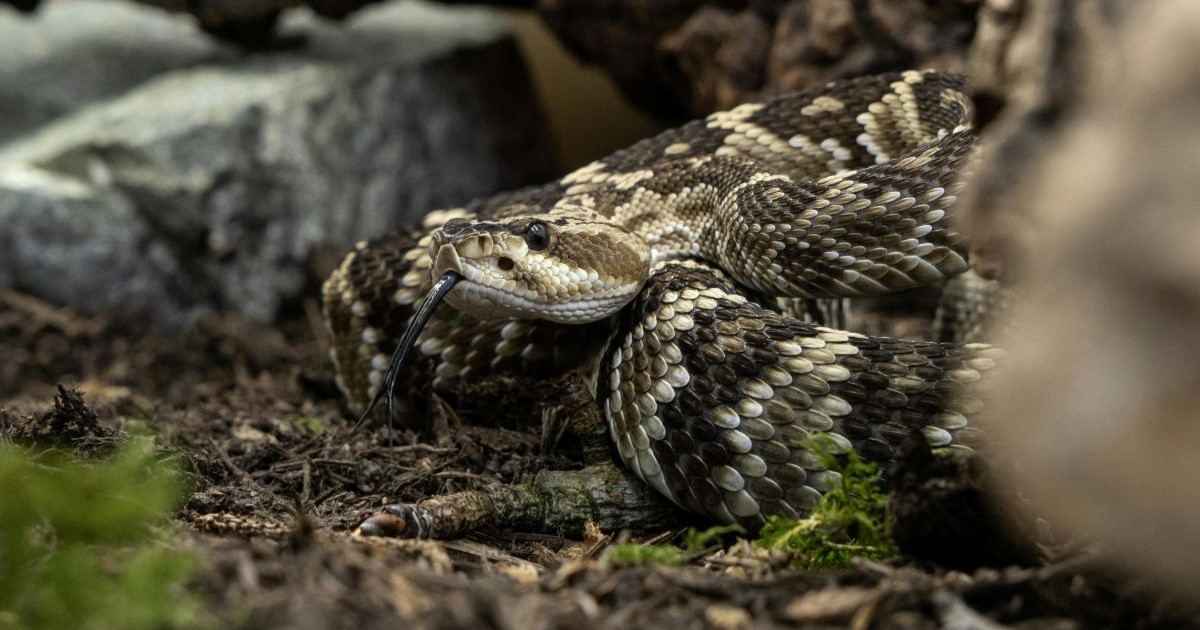
Pexels
If you live in North America, there’s a good chance you’re familiar with rattlesnakes.
While the majority of rattlesnakes live in the southern states of the US and Mexico, they can be found as far north as Canada, and as far south as Argentina.
And though fatalities are rare, it’s not uncommon for people to be injured by rattlesnakes, with around 7,000-8,000 bites in the US alone every year and 5-10 of those resulting in fatalities.
This is the reason for much of the fear of rattlesnakes, and the reason that removal services exist.

Pexels
Recently, when responding to a call to remove a rattlesnake from someone’s yard in Scottsdale, Arizona, the team at Rattlesnake Solutions were in for a bit of a surprise.
That’s because while the creature they turned up to rescue was indeed a rattlesnake, it looked quite different to what they would normally expect.
In a Facebook post showing their discovery, the team explained that while this was a Western Diamondback Rattlesnake, looks could certainly be deceiving:
“In the many thousands of Diamondbacks we’ve seen over the years, this is a first. The area it was in rules out hybridization possibilities with most species, not that there’s anything morphologically that indicates that. Of all the possibilities, it’s likely it’s just a funky-looking diamondback.”
Unlike the regular Western Diamondback patterning (left on the image below), which has – as you might guess from the name – diamond shaped patches, this snake (right) looked altogether different.

Bryan Hughes/Rattlesnake Solutions
Instead of diamonds, this rattlesnake’s scales displayed more of a heart or leopard shaped pattern.
Despite speculation, the herpetological experts suggested that this was likely just a genetic mutation, rather than evidence of breeding between different species of snake.
Given the rattlesnakes’ usual pattern offers them an advantage in terms of blending into grasslands and plains, limiting their visibility to both predators and prey, pattern mutations can sometimes present a problem.
However, this rattlesnake’s coloring and pattern definitions – while certainly unusual – likely aren’t going to pose it any real problems after its re-release in a safe, wild area.
Rather, it’s just a happy accident that rather enhances its look.
If you thought that was interesting, you might like to read a story that reveals Earth’s priciest precious metal isn’t gold or platinum and costs over $10,000 an ounce!
Categories: ANIMALS
Tags: · american snakes, animals, biodiversity, dangerous animals, diamond back rattlesnake, herpetology, North America, rattlesnake, reptiles, science, single topic, snake, snake removal, top, venomous snakes, wildlife
